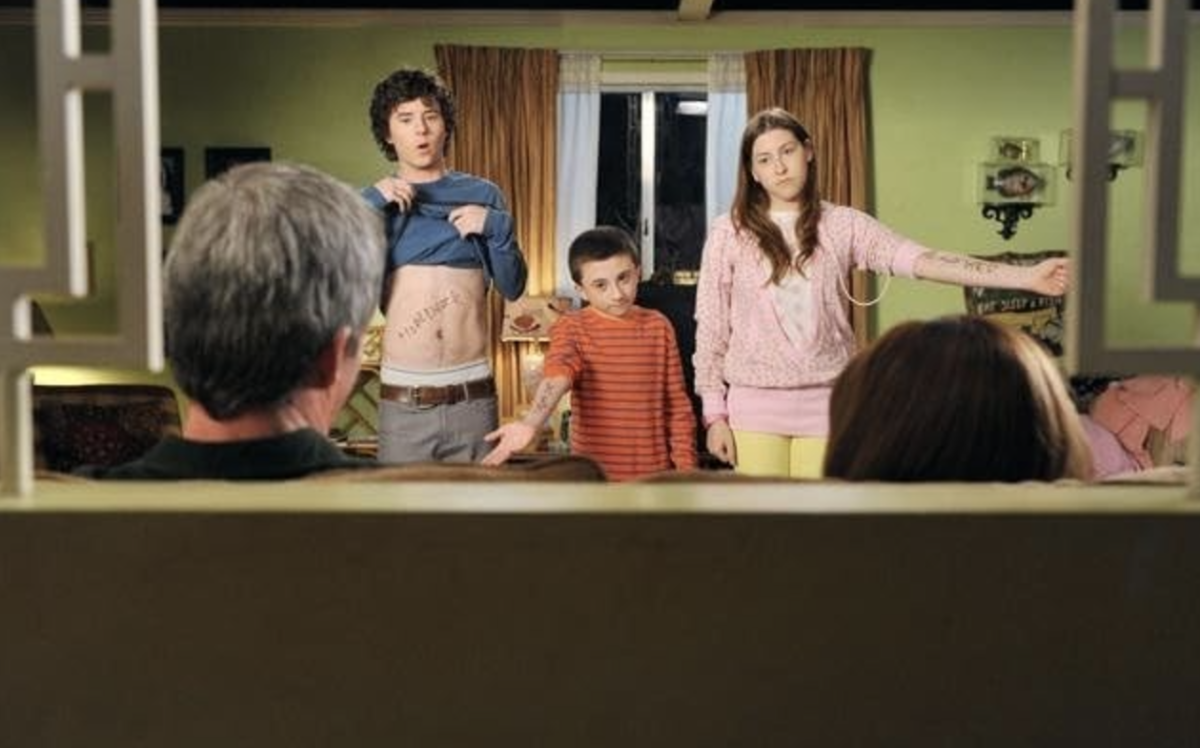
Just as Mulder discovered and revived the X-Files from the basement of the FBI headquarters, Fox has brought back one of the longest running sci-fi shows in television history from a 14-year hiatus. And they did not disappoint.
FBI agents Fox Mulder (David Duchovny) and Dana Scully (Gillian Anderson) returned for a six-part miniseries reboot of paranoia, conspiracies and the classic will-they-won’t-they tension. While the alien mythos of the original series was the main focus of the revival’s first and final episodes, the other four were full of mad scientists, monsters and political commentary – just like old times.
The series opens with Mulder and Scully at last uncovering the mystery central to the original episodes; the alien sightings they have experienced and encountered were the hard work of a secret, elite group of men determined to exploit the alien technology that crashed to earth in Roswell, New Mexico in 1947.
“The X-Files” creator and writer Chris Carter was careful not to overwhelm the show’s new audience with too much reliance on the intricacies of the original series, ensuring that our present political state was incorporated into each episode, as well as that familiar ‘90s mindset of conspiracy within the government. With nods to the past and additions of the present (how odd to see Mulder attempt to record a monster on his touch-screen phone), the latest episodes are a perfect blend of old and new.
Reverting to the show’s well-trodden “monster-of-the-week” format for the second episode, “Founder’s Mutation,” Mulder and Scully uncover the secrets of a rogue scientist genetically engineering children who develop telekinetic, madness-inducing powers. In true X-Files fashion, the mutant teenagers, while deadly and dangerous, were not the “monsters” of the story. That title went to the man who made them that way. “Founder’s Mutation” reminds us of why we loved “The X-Files” in the first place: the creator is just as guilty if not guiltier than their creation.
Episode three, “Mulder and Scully Meet the Were-Monster,” takes its audience through a new riff on an old theme: what happens when instead of man turning into monster, monster turns into man? Adding a touch of humor to the otherwise intense show, “Mulder and Scully Meet the Were-Monster” followed Mulder’s pursuit of “Guy Mann,” who first appeared to transform into a lizard-like beast, when in fact the opposite was the case. A refreshingly clever installment of the series, it posed a subtle question to its viewers: what does it mean to be human?
“Home Again,” the fourth episode of the mini-series, felt like a throwback to the earlier, gruesome monster stories that made “The X-Files” feel like “Goosebumps” for grown-ups. The Trashman, an animate humanoid made from clay and trash, terrorizes those who would take advantage of and displace the homeless of Washington, D.C. Fitting right in with “The X-Files” mythology, the Trashman is reminiscent of the Tibetan garbage creature from the sixth season’s episode “Arcadia.”
The last two episodes of the revival series offer political commentary on the threat of terrorism in the United States and the realization of the ultimate government conspiracy, and introduce us to agents Miller and Einstein – young Mulder and Scully, anyone? Still keeping with X-Files style, Mulder trips on shrooms, the Cigarette Smoking Man returns as the central villain and Scully saves the day once again.
Both Duchovny and Anderson return to their characters with the same wit, warmth and ambition, making them fantastically well preserved since their last appearances. Chris Carter avoids giving us a faded reconstruction, but instead brings life, vibrancy and humor back to a show that could have slipped from the screen forever. Devotees of the series will be glad to see beloved characters once again, and thankful that there are still more mysteries – and truth – out there.
Rachel Walman can be reached at [email protected].


















